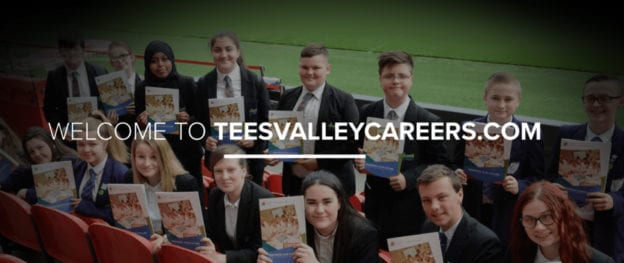Recent headlines around data and social media means both consumers and marketeers are feeling wary about using and sharing data on platforms like Facebook. Is data being used ethically? How can it be used to effectively target the right audience?
This blog is not here to scaremonger. Instead, it is going to show you how, when done right, targeting using social data is a win/win for everyone involved.
We’re going to focus on Facebook, but LinkedIn and Twitter have similar advert targeting platforms and functionalities.
How targeting works
Once a consumer has signed up and accepted those terms and conditions (the ones we all accept, but hardly ever read), a social network can start gathering information on them. They look at who they follow, which posts they like, where they log on from, what device they log on from and – through cookies – what sites they visit.
It’s worth noting that social networks like Facebook are not unusual when it comes to this data gathering – Google is just the same.
The networks then provide this information, confidentially, to advertisers so they can serve content that they think is relevant to the consumer. For example, if a consumer has interacted with a lot of fitness and swimming content from their phone, and you are running the new swimming baths nearby, you might want to advertise your new swimming lessons to them when they’re on their phone next.

Image source: Buzzfeed
How to target effectively
Poor targeting is the thing that gives social data a bad name. If you’re a passionate swimmer, you’re not really interested in seeing an advert for expensive running shoes. You also don’t particularly want to see an advert too specific: “You love swimming, why not try running instead?”. This can, quite rightly, freak people out.
Facebook has advertising policies that outline what advertisers can and can’t put in their adverts to ensure the content is relevant to their users. Users can also access, and limit, the information Facebook provides advertisers via their account settings (and for the record, Facebook doesn’t listen to our conversations).
When you first start looking to run an advertising campaign on Facebook, the best place to start is Audience Insights. This helps you define who would be best suited for your content and see how you can make it relevant to them. Again, let’s reiterate, this is all confidential data, there will never be any personal information like names, emails and addresses available to advertisers.
When you go to Facebook Audience Insights, you can filter for users within certain locations, demographics or interests. Once you’ve defined those filters, you can look at which pages they like, how they interact with posts, and what devices they use.

So, with our swimming example – we can see that the people we’ve defined on the left are more likely to click on ads than the average Facebook user, and use Facebook on their iPhones more than desktop.

Then, once we’ve got that audience defined, we can save it and use it when setting up an advertising campaign.

During this time, Facebook helpfully tells you if your audience is defined enough to run a decent campaign as seen here – the target is always to be in the green.

With this information, we can create relevant ad content for our audience, and make sure our ads look good on mobile.
Once your campaign is up and running, you’ll get a relevance score, which is a number between 1 and 10 that tells you how your target audience is responding to your ad. The higher the score, the more relevant your ad to your audience. This will hopefully mean that your audience is seeing the right content for them and won’t be annoyed or disappointed at seeing your content in their news feed.
Conclusion
We’ve established the sort of data that social networks can get from a user, and how it is used for advertising purposes, but the key thing to remember is that the better the targeting, the happier your audience will be and the more effective your marketing will become.
Here are some key things to remember to make sure you target your audience correctly:
- Don’t be too broad or too niche – you want to cast a net wide enough to get your message out, but not too wide that people who wouldn’t be interested in your content get annoyed at seeing your ads in their feeds.
- Tailor your content to your audience – using Audience Insights is a great way to get a steer on the kind of content that works for your audience.
- Stay relevant – if your relevance score is under 5, have a look at your campaign results (in ads manager). See where people are clicking, who is clicking and tweak your targeting accordingly.
 4. Talk to an expert – If you’re really struggling, or just want a sense check, there are plenty of social media experts who know the ins and outs of good audience targeting.
4. Talk to an expert – If you’re really struggling, or just want a sense check, there are plenty of social media experts who know the ins and outs of good audience targeting.
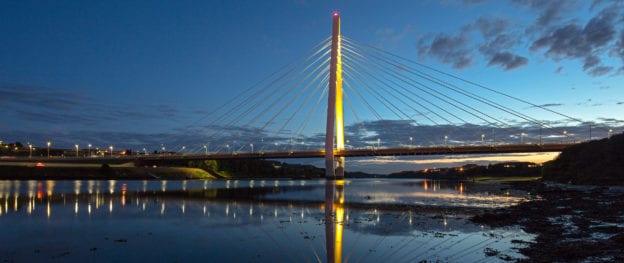
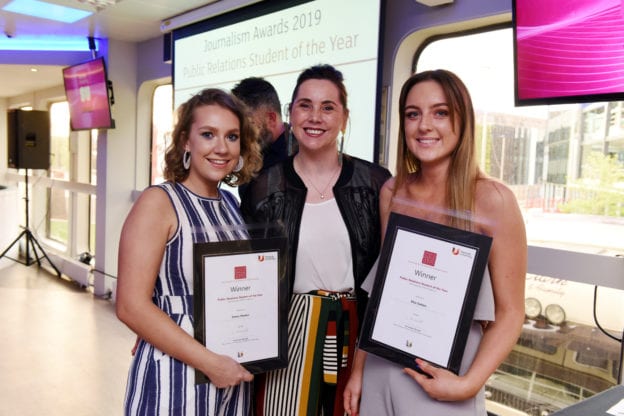


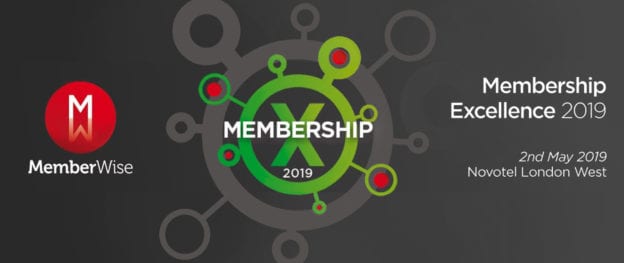





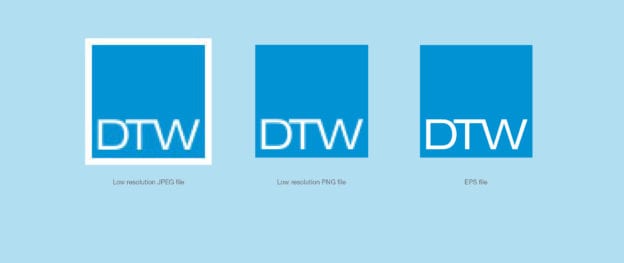









 4. Talk to an expert – If you’re really struggling, or just want a sense check, there are plenty of social media experts who know the ins and outs of good audience targeting.
4. Talk to an expert – If you’re really struggling, or just want a sense check, there are plenty of social media experts who know the ins and outs of good audience targeting.